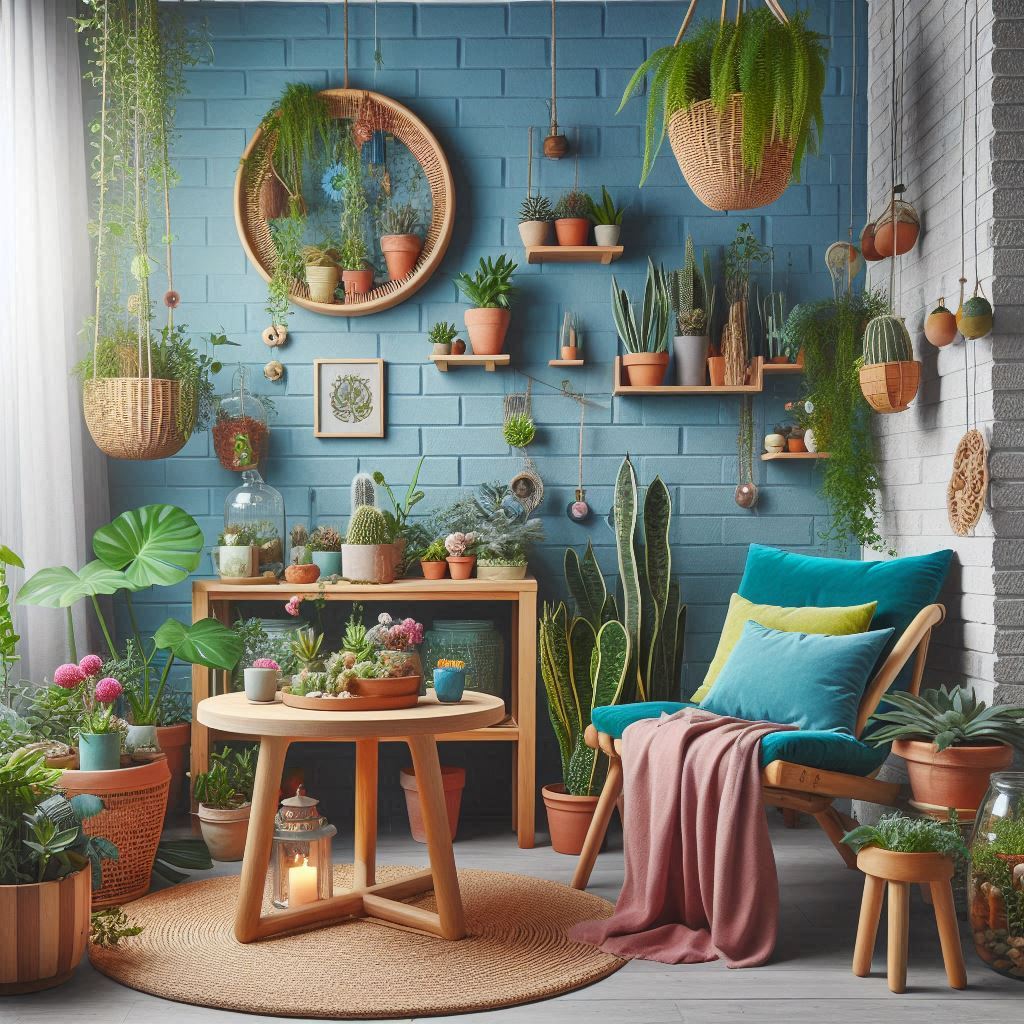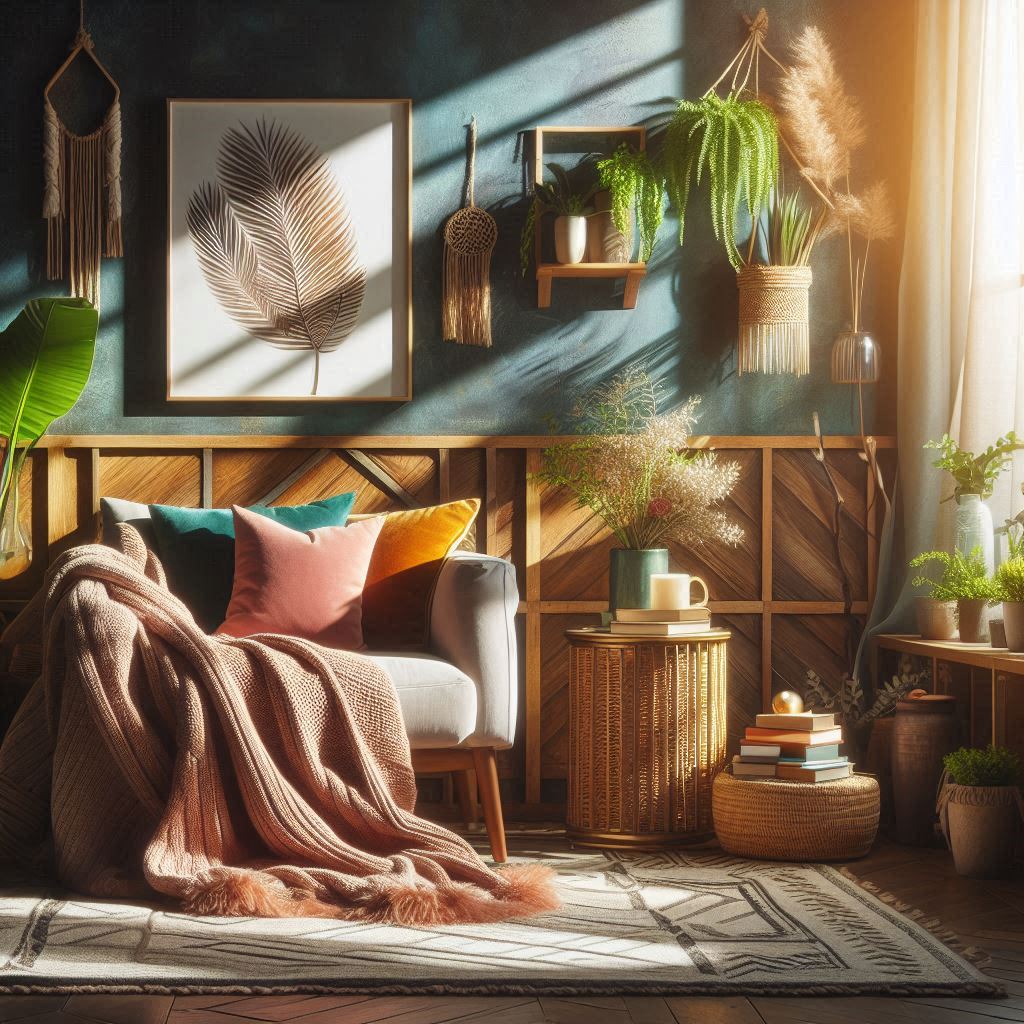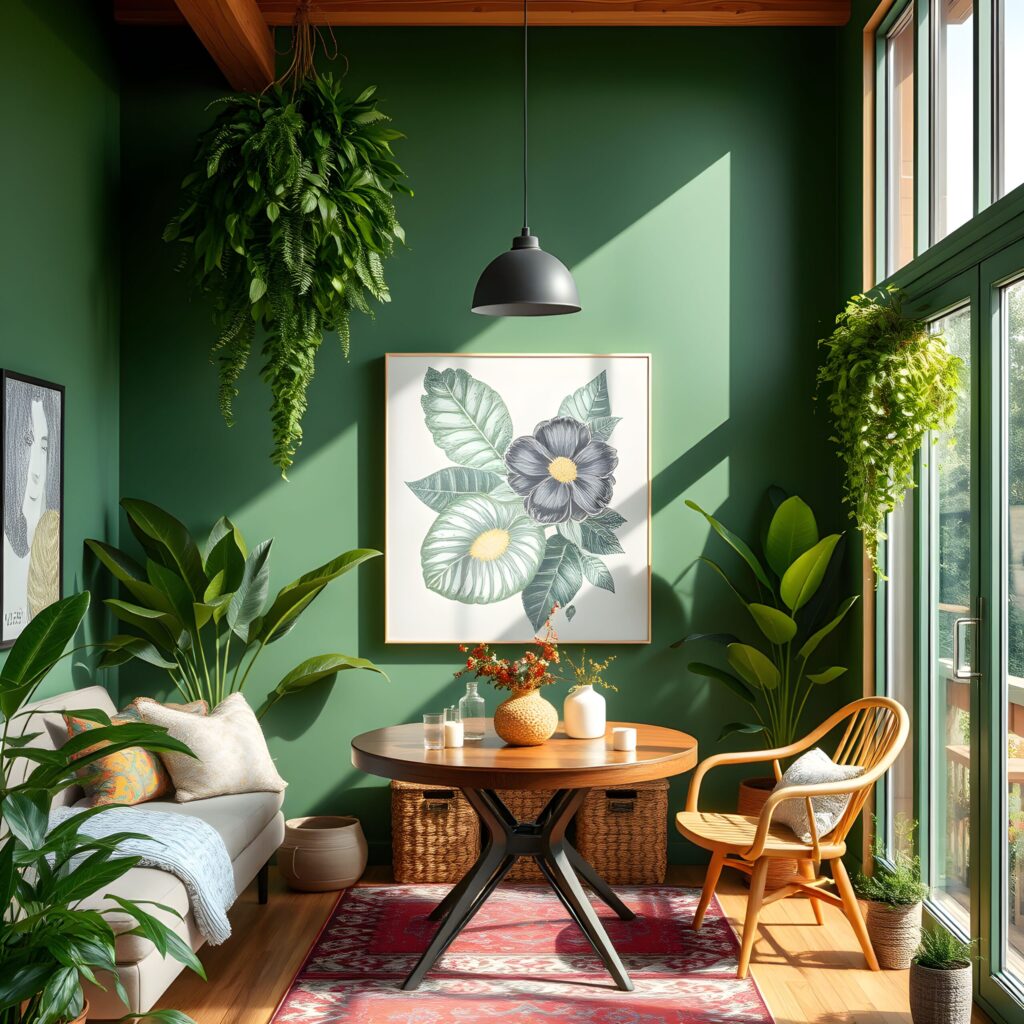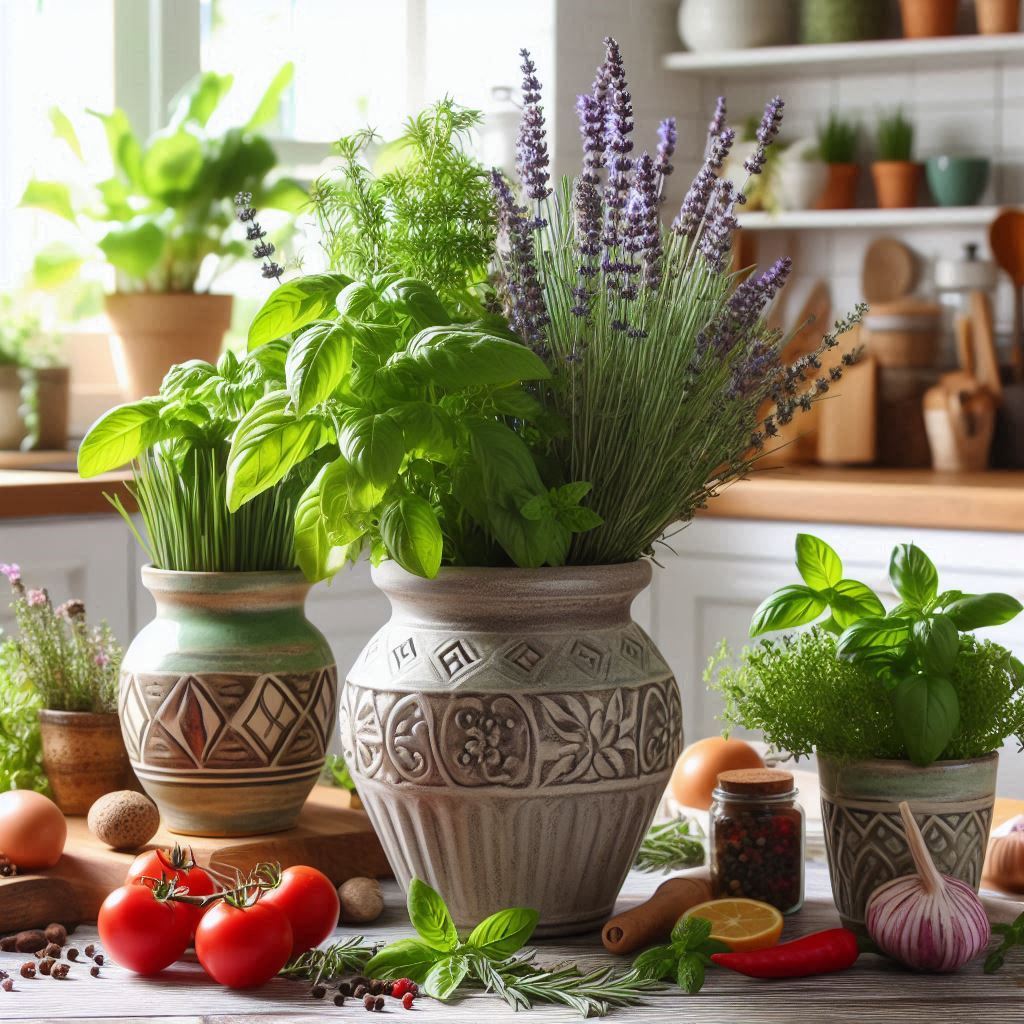We use affiliate links. If you purchase something using one of these links, we may receive compensation or commission.
Have you ever walked into a space and instantly felt calm, refreshed, and grounded? Chances are, that space was tapping into a little magic called biophilic design.
Biophilic design is more than just adding a few houseplants. It’s about creating a deep, natural connection between humans and nature—right in the heart of our homes. For lovers of color, comfort, and soulful design (like us here at Comfy Colorful Spaces), it’s also a beautiful way to blend wellness with aesthetics.
Let’s explore what biophilic design really is, why it matters (especially in 2025), and how you can use it to transform your home into a feel-good sanctuary—without needing a huge budget or a degree in interior design.

What Is Biophilic Design, Really?
Biophilic design is rooted in the idea that humans have an innate love for nature (biophilia). By bringing natural elements—light, air, water, plants, and organic textures—into our spaces, we create environments that support our mental and physical well-being.

While the trend has picked up in offices and public spaces, biophilic design in homes is where the real magic happens. Think:
- Sunlight filtering through sheer curtains
- A cozy reading nook with a view of your garden
- Natural wood furniture, woven textiles, or river rock accents
- Indoor plants (yes, but done with purpose!)
- Soothing, nature-inspired color palettes—greens, blues, earthy tones, or vibrant florals
And it doesn’t stop there. Biophilic design is also about how your space feels. It’s about flow, comfort, warmth, and sensory richness.
Why It Matters More Than Ever
Let’s be real: our lives are more digital and disconnected than ever. We’re scrolling more, moving less, and craving balance. That’s why the biophilic design movement is booming—it’s not just about style, it’s about healing.
Here’s what studies have shown:
- Being surrounded by natural elements reduces stress and anxiety
- Natural light and greenery can boost productivity and creativity
- Improved air quality leads to better sleep and overall health
- Even images or textures of nature can trigger a calming response in the brain
For those of us juggling busy households, work-from-home life, or the chaos of motherhood, embracing biophilic design is like giving your nervous system a big, gentle exhale.

My Journey with Biophilic Design (And Why I’ll Never Go Back)
I’ll never forget when I first made the switch. I was burnt out, juggling business, family, and the constant hum of modern life. My home felt cluttered and cold—even though it was full of “stuff.”
One day I cleared out a corner, added a thrifted rattan chair, hung some sheer green curtains, and placed a pothos plant on a wooden stool. It wasn’t fancy, but wow—something shifted. That little nook became my morning coffee spot, my journaling corner, and a visual sigh of relief.
That’s the power of biophilic design. It doesn’t just change your space—it changes how you feel in it.
Easy Ways to Start Using Biophilic Design at Home
You don’t need a full renovation to tap into this trend. Start small and build as you go. Here are a few practical, budget-friendly ideas:

1. Let in the Light
Natural light is the #1 element of biophilic design. Open those blinds, pull back the heavy curtains, and place mirrors strategically to reflect sunshine deeper into your rooms.
🌿 My tip: Swap blackout drapes for linen or cotton sheers. They let in light while maintaining a breezy, calming vibe.
2. Add Greenery with Intention
Yes, plants are great—but go beyond the random fiddle leaf. Choose plants that suit your lifestyle (low maintenance? pet-safe?) and group them in a way that feels natural.
🌿 Favorites: Pothos, snake plants, peace lilies, spider plants, and herbs like rosemary or mint by the kitchen window.

3. Use Natural Materials
Think wood, jute, bamboo, rattan, clay, cotton, and stone. These materials don’t just look beautiful—they feel good, age well, and ground your space in nature’s rhythm.
🌿 Style tip: Mix textures! A smooth clay vase next to a chunky woven basket brings life and interest.

4. Bring in Nature-Inspired Art or Patterns
If you love color (hello, Breezy Bazaar family!), consider wall art with floral or botanical prints, nature photography, or even abstract pieces in earthy tones. Wallpaper with vines or water-inspired swirls can be stunning.
🌿 Bonus: Printables or DIY canvas art with watercolor leaves or ocean blues are budget-friendly and customizable.
5. Create a View or Focal Point
If you don’t have a garden view, create one indoors. Arrange a corner that feels like a mini oasis. Use a water feature (like a tabletop fountain), plant cluster, or even a digital frame with slow-looping forest videos.

🌿 Pro tip: Make this your “pause place”—where you can take a break, sip tea, or pray in peace.
Designing for All Seasons of Life
One of the most beautiful things about biophilic design is how flexible it is. Whether you’re in a city apartment, a fixer-upper farmhouse, or a cozy mobile home, you can weave nature into your everyday life.
For moms and grandmas juggling all the things, consider:
- A sensory garden corner for grandkids
- Herbal planters that double as kitchen decor
- Nature-inspired affirmations or scriptures by your entryway
- A reading nook bathed in sunlight with a warm blanket and soft textures

How Biophilic Design Supports Wellness + Creativity
As someone who blends faith, color, and cozy living into everything I do, I can say this: biophilic design isn’t a trend. It’s a wellness tool. It supports clarity, calm, connection, and creativity.
In fact, many of my favorite art pieces and product ideas for The Breezy Bazaar (another project in works!) were born while surrounded by my “green zones.”
This lifestyle shift invites slowness and gratitude—something we all need more of.
Final Thoughts: Nature is Not a Luxury—It’s a Lifeline
You don’t need to move to the woods to reconnect with nature. You just need to be intentional.
Start small. Let your home breathe. Create corners of calm. Let nature’s colors, textures, and rhythms work their quiet magic.
Biophilic design is not just about aesthetics—it’s about feeling alive, whole, and rooted in your space.

